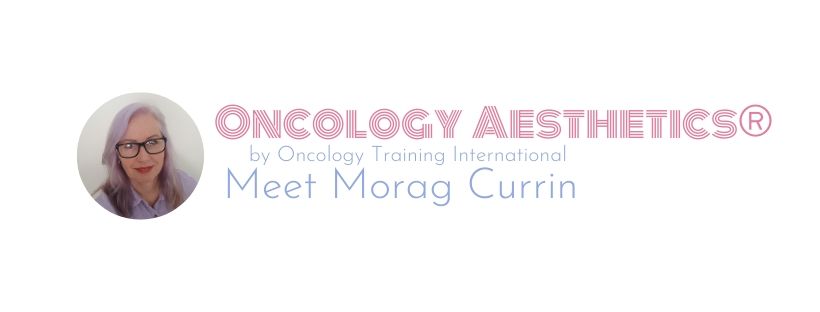The Melanoma Conundrum
by Morag Currin
Immunotherapy is a treatment that stimulates the body’s immune system to fight melanoma cancer and active autoimmune diseases. Immunotherapy drug Ipilimumab (Yervoy) shrinks tumors and can lengthen life in people with advanced disease with melanoma that can’t be removed by surgery or that has spread to other parts of the body (stage IIIC – IV).
The most common side effects from this drug include fatigue, diarrhea, skin rash, and itching.
Read More Oncology Aesthetics®
Morag Currin is a monthly featured guest blogger. She has an entire library of content on Oncology Aesthetics® here at Lipgloss + Aftershave.
The cutaneous eruption is characterized by erythematous, minimally scaly, pruritic papules found primarily on extremities and trunk. The face and head are less frequently involved, and palms and soles are usually spared. The rash usually occurs within the first 3 to 4 weeks after the first dose; however, rash development earlier or even after completion of therapy is possible. The rash can worsen with each ipilimumab dose.
Pruritus (itching) can occur in up to 31% of people using this drug. Pruritus can be associated with both rashes and dry skin, but may also occur separately as a direct result of enhanced immune system activation in the skin.
Vitiligo, or depigmentation of the skin, can also develop, but has been reported in only 2% to 4% of patients. Such depigmentation tends to be irreversible and can be limited or widespread. Let’s explore the importance of melanin in the skin. Aside from determining skin colour, the light absorbent melanin protects the DNA against UV radiation from the sun.
Watch Webisode of L+A Now “Preview of Oncology Aesthetics®”

Watch The Episode On The L+A App!
Download on the App Store or Google Play
Some Things To Weigh Up
If a person has been treated for melanoma, they may never get another melanoma. Many people don’t. But it’s important to know that they have a greater risk of getting another one. Anyone who has had melanoma has this risk.
To a person diagnosed with advanced melanoma, Yervoy gives them a longer life. So, to many of them it is worth taking this drug irrespective of the vitiligo skin rash. But many of them may experience issues with their appearance due to this rash.
The person diagnosed with melanoma can often experience a mix of emotions post treatment such as being relieved, yet they may still feel vulnerable and uncertain about what the future holds. The fear of recurrence is a universal concern.
As estheticians we know through skin anatomy and physiology that If this light absorbent melanin is being ‘lost’ due to this immunotherapy drug, doesn’t this leave the skin at higher risk for skin cancer? What is important to this client?
How Estheticians Can Help Those With Melanoma
For the esthetician, there are a few opportunities here to gain a client’s trust.
- Corrective Makeup
Share your expertise on corrective makeup with them especially if this rash is just starting and it is noticeable in smaller areas. If the client is already experiencing larger areas of de-pigmentation then the makeup application may need to be a custom blended airbrush technique or brush/sponge application. Airbrushing is a quicker application, however, camouflage which can take longer will last longer. - Custom-Blended Foundation
Ensure that that the client gets a custom-blended foundation that can be applied to the survivor’s skin so here is an opportunity to get into custom blending! - SPF
Promote sun protection product to cover the areas of skin that are exposed to UV radiation and educate the client about the risk of future skin cancers. We already know that people diagnosed with melanoma can have a re-occurrence of melanoma in their lifetime. - Brow + Lash Tinting
Brow tinting for brow hairs that have lost their color or the use of corrective powders on the brows. - Lash tinting, lash extensions or strips for those lashes that are barely visible due to loss of pigment.

About Morag
As a leader in our industry, Morag has spent over 27 years in the aesthetic/skin care industry, researching and constantly updating her knowledge on cancer and other diseases and how treatment affects the services we offer; plus she still offers services such as reflexology, aromatherapy and electrodessication. Morag pioneered Oncology Esthetics® training back in 2007. It was her concept that has driven change to our industry that others have followed. She consults globally with industry leaders by educating them how to include the cancer community. Besides making time for written articles and webinars she offers equine facilitated learning and activity sessions for the cancer community and veterans since there is a prevalence of significant psychological distress within these communities.
